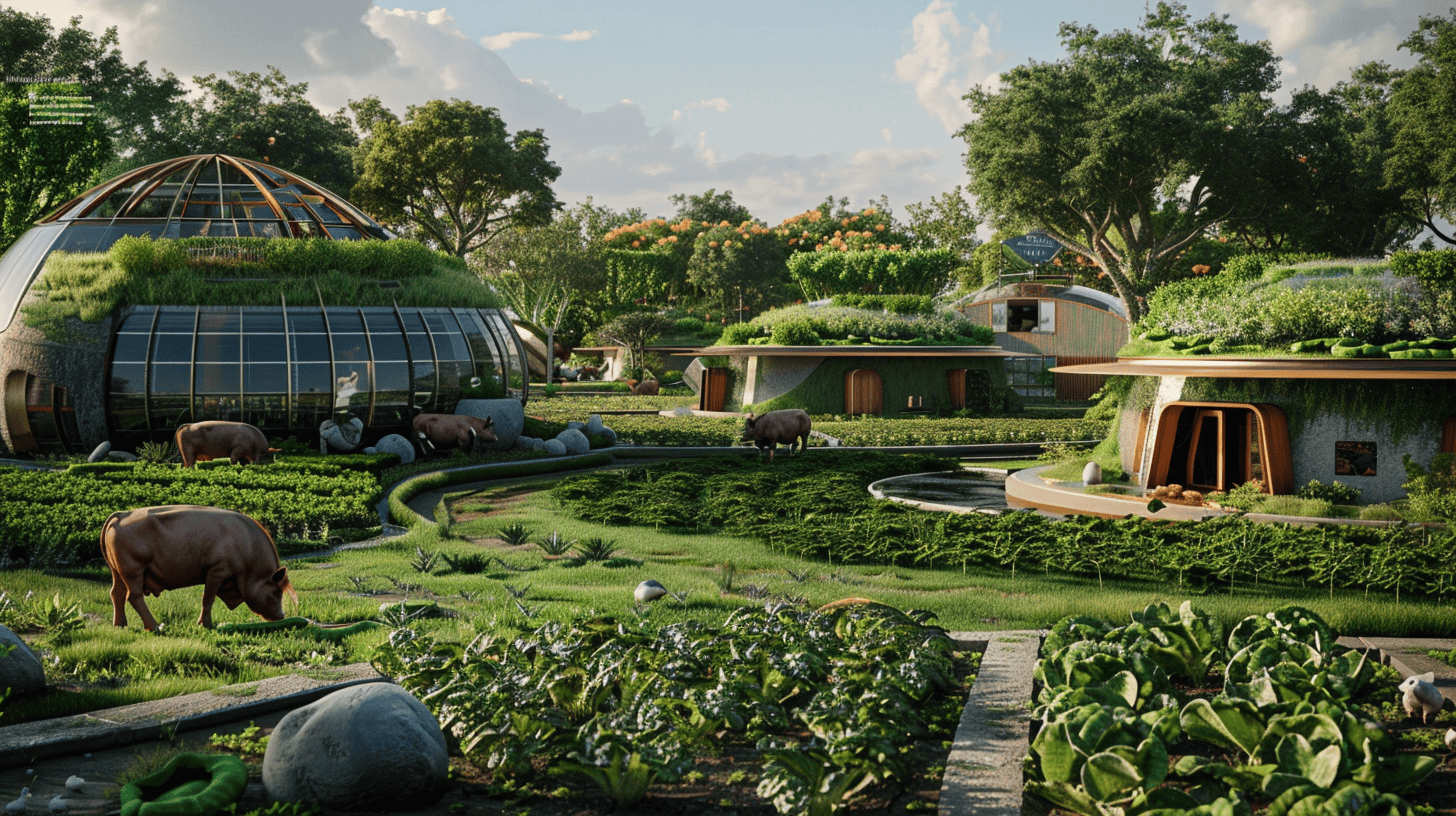
Redesigning the European food system to a circular one can cut greenhouse gas emissions by up to 70% and reduce agricultural land use by 44%. In addition, if the amount of animal-based protein is reduced and substituted by plant-based protein, land use can go down by 60% and emissions by 81%. These are the main findings of a new study on circular food systems at the Wageningen University and Research (WUR).
A circular food system is a sustainable approach to food production and consumption that minimizes waste and optimizes the use of resources. This concept borrows from natural systems where there is no waste. The idea is to reuse, recycle, or upcycle materials wherever possible, ensuring that the bin becomes the last resort. By doing so, we can significantly reduce the environmental impact of our food systems, preserving biodiversity and promoting a balanced ecosystem.
Why this is important:
Circular food systems can redefine the way we produce and consume food, relieving natural ecosystems and reducing greenhouse gas emissions.
The role of animals in circular systems
In a circular food system, animals are crucial in recycling nutrients from organic waste. Instead of being discarded, food by-products and unavoidable household waste are transformed into valuable animal products. This not only reduces waste but also ensures that nutrients are efficiently cycled back into the food system. For instance, pigs might be fed food residues, and chickens could consume leftovers, contributing to a more sustainable and efficient agricultural process.
WUR Ph.D. candidate Wolfram Simon, who led the study, emphasizes that combining circular agriculture with protein transition is critical. The current European diet consists of around 60% animal protein. Simon’s model suggests that reducing this to 40% while increasing plant-based protein can dramatically impact sustainability. Consuming more plant-based proteins like pulses, which are rich in essential amino acids and reduce the need for synthetic fertilizers, can significantly lower greenhouse gas emissions and land use.

Benefits of circular food systems
The study highlights that an optimal food system would involve growing crops in ideal locations with the best climate and fertile soil while minimizing production in areas with harsh conditions. By focusing on high-yield areas and suitable climates, we can maximize productivity and reduce resource consumption. Additionally, shifting towards more sustainable protein sources, like chicken and fish instead of beef and dairy, can further enhance the system’s efficiency and reduce its environmental footprint.
Adopting a circular approach in the hospitality industry could also make a significant difference. By mapping waste in the supply chain and identifying opportunities to use resources better, restaurants can contribute to a more sustainable food system. Practices like purchasing whole ingredients, utilizing surplus farm produce, and buying low-impact ingredients are steps toward circularity.
Challenges and the path forward
Transitioning to a circular food system requires significant changes from both producers and consumers. It involves redesigning agricultural production, changing consumption patterns, and promoting local and sustainable food sources. For example, Dutch researchers envision cities in 2050 with rooftop vegetable gardens and local product availability, reducing the need for unsustainable imports. Consumers will need to become more aware of their food choices and understand their impact on personal health and the planet.
As part of this transition, the Netherlands aims to achieve a circular food system by 2050. This includes growing mixed crops in strip or mosaic cropping systems to utilize nutrients effectively and reduce disease spread. By focusing on local production, reducing imports of raw food materials, and promoting fair trade end products, the Dutch food system could become a model for sustainability. Initiatives and collaborations among agricultural organizations will be crucial in achieving these long-term objectives.

